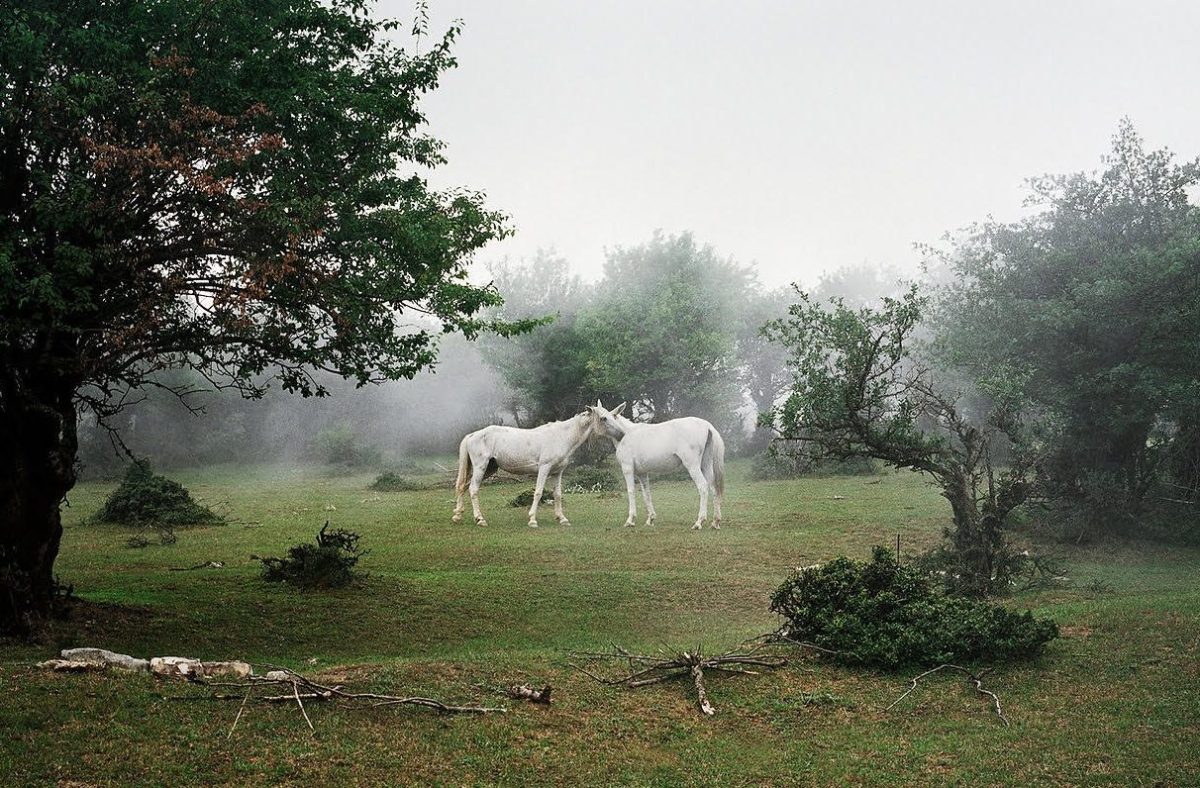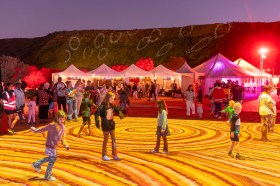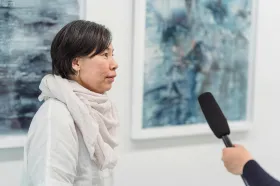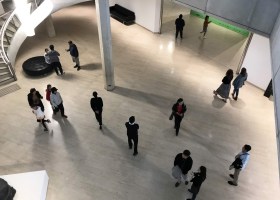As the world teeters on the brink of so many calamitous conflicts and disasters, art may be not be the first thing on everyone’s minds.
But as artists well know, it can have profound effects of the body and soul during times of crisis.
With some of us nervously sitting on the edge of our seats wondering what is next for the world, we may also be searching for ways to centre our emotions and restore our hope.






